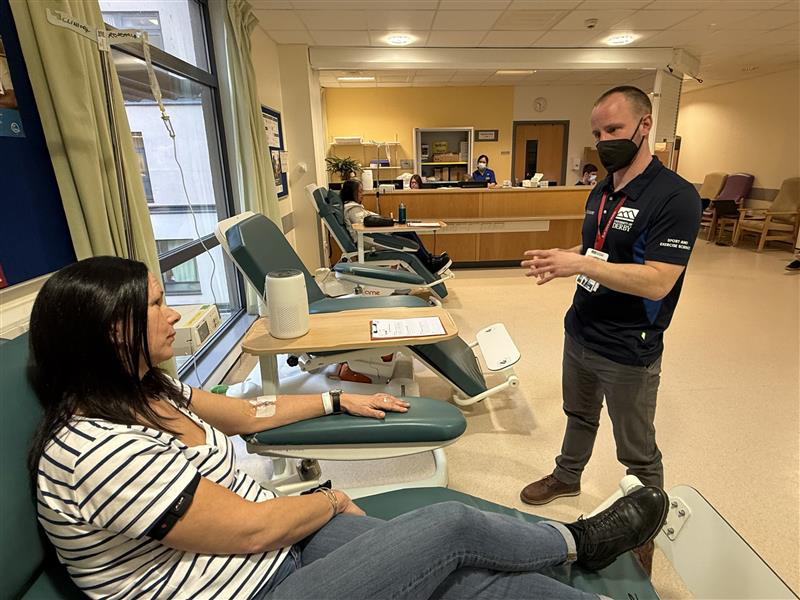University grade inflation starts to drop, but half of top grades still unexplained

Figures released by the Office for Students (OfS) today reveal that the number of top grades awarded to students has fallen for the first time since 2010-11, but has still not returned to pre-pandemic levels.
Today’s figures show that half of first class degrees awarded to students in 2021-22 cannot be explained by changes in students’ prior attainment or choice of subject when compared with students’ attainment over a decade ago.
The report analyses degrees awarded to students between 2010-11 and 2021-22, with data presented at a sector and subject level, and for individual universities and colleges. In 2010-11, 15.5 per cent of students were awarded a first class honours degree. The proportion of students awarded the top grade has since more than doubled, reaching 32.8 per cent of students in 2021-22. This has dropped from 37.4 per cent of students in 2020-21.
The report also finds:
- Half of first class degrees awarded are unexplained by statistical modelling. Of the 32.8 per cent of students awarded first class degrees, 16.4 per cent were unexplained after the OfS accounted for various observable factors – including students’ prior entry qualifications and subject of study – which may affect their attainment.
- Rates of first class degrees have fallen for all students compared to 2020-21, regardless of the qualifications students held when starting higher education, although they are still significantly higher than in 2010-11. In 2021-22, 56.2 per cent of students who entered higher education with A-level grades of AAA and above received a first class degree, compared with 60.7 per cent in 2020-21 and 33.6 per cent in 2010-11. Students entering with A-level grades of AAB experienced the largest increase in first class degrees between 2020-21 and 2021-22, doubling from 22.6 per cent to 47.1 per cent.
- For first class degrees, the recent changes in unexplained attainment vary considerably at individual universities and colleges, ranging from a 15.9 percentage point increase to a 31.9 percentage point decrease at particular higher education providers. Overall, there was a decrease in unexplained attainment of 4.8 percentage points for the sector as a whole.
Susan Lapworth, chief executive of the OfS, said:
‘Today’s report suggests that progress is being made in tackling the increases in top grades being awarded at universities and colleges that we have seen over the past decade. That’s very welcome. But, we’re not out of the woods yet as half of first class degrees cannot be explained by students’ entry qualifications or the subject of study. Inflation of grades that does not reflect actual student achievement is bad for students, graduates and employers, and risks undermining the reputation of English higher education in the UK and beyond.
‘We are encouraged to see a reduction in the proportion of unexplained top grades, but universities and colleges know that they need to continue to take the steps necessary to protect the value of their qualifications, now and over time.
‘We recognise there are likely to be a range of factors – including improved teaching – that could lead to an increase in the number of firsts awarded. But the sustained increase in unexplained firsts and 2:1s since 2010-11 continues to cause us concern.
‘Students, graduates and employers must have confidence that degrees awarded represent a reliable assessment of achievement, with qualifications remaining credible throughout a student’s career. Our revised approach to regulating quality gives us the tools we need to intervene where this is not the case. Where we think awarding practices may not meet our requirements, we can and will use those tools to investigate further.’












Responses